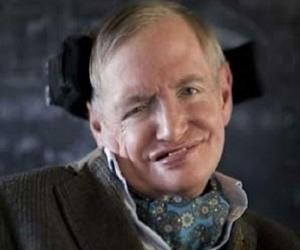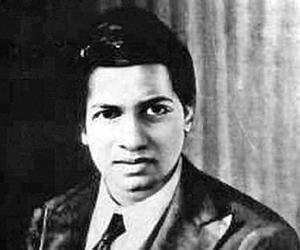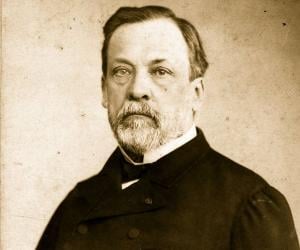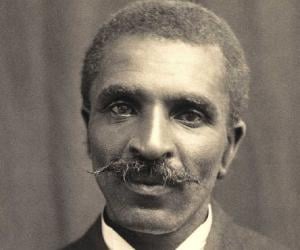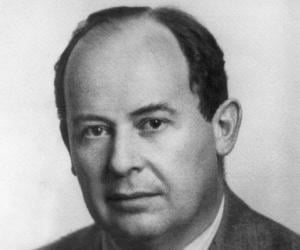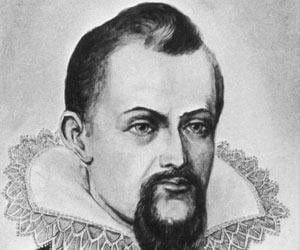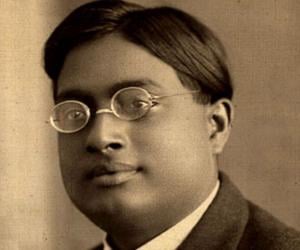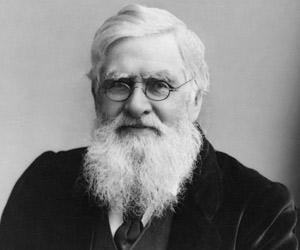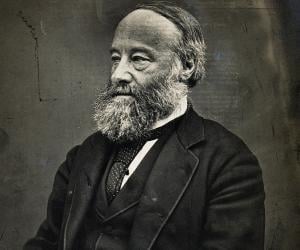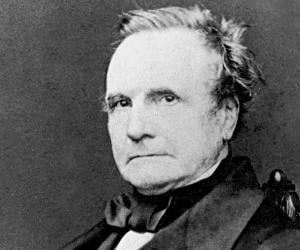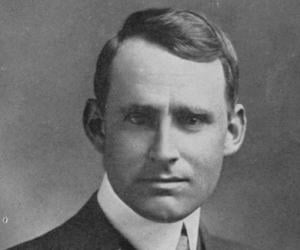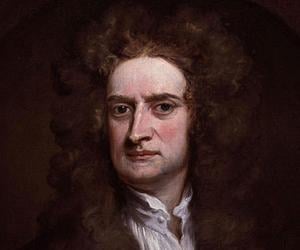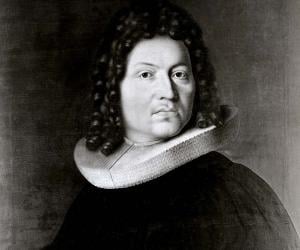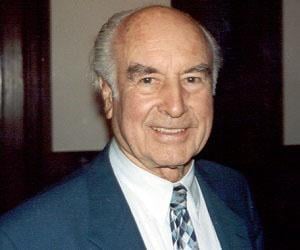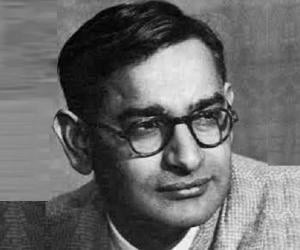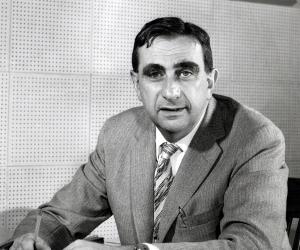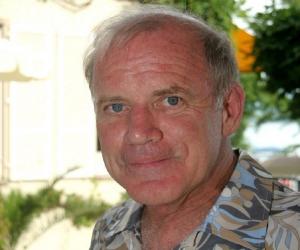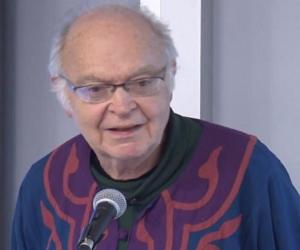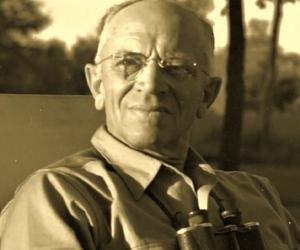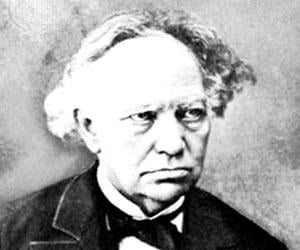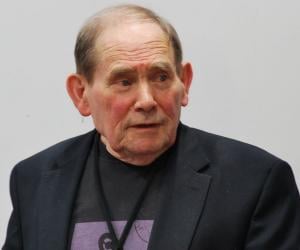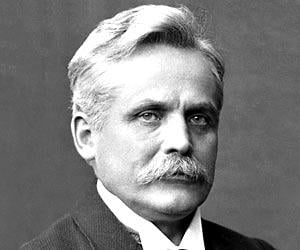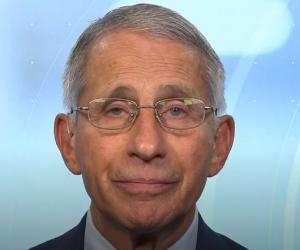Stephen Hawking was an English theoretical physicist and cosmologist, who despite being afflicted motor neurone disease that severely limited his physical abilities, was able to build a phenomenally successful career. He was the first to set out a theory of cosmology explained by a union of the general theory of relativity and quantum mechanics. Hawking was ranked 25 in the BBC's poll of the 100 Greatest Britons, in 2002.
A self-taught genius Indian mathematician, Srinivasa Ramanujan is known for his contributions to mathematical analysis, number theory and continued fractions. Born into a humble family, the celebrated mathematician struggled with poverty but still managed to publish first of his papers in the Journal of the Indian Mathematical Society. Later, his collaboration with English mathematician G. H. Hardy proved very productive.
This 17th-century German mathematician, astronomer, and astrologer is remembered for his pathbreaking work on optics. He invented a developed version of the refracting telescope. He also laid down Kepler's laws of planetary motion and wrote Astronomia Nova, Harmonices Mundi, and Epitome Astronomiae Copernicanae.
Best known for working with Albert Einstein to form Bose–Einstein statistics, Indian scientist Satyendra Nath Bose was a master of quantum mechanics. He played the esraj, loved poetry, and had mastered quite a few languages. The Padma Vibhushan winner was also made a Fellow of The Royal Society.
British naturalist Alfred Russel Wallace is largely remembered for his theory of evolution through natural selection, which inspired Charles Darwin’s studies. He began his career as a surveyor’s apprentice and later introduced concepts such as reinforcement in animals, also known as the Wallace effect. He was awarded the Order of Merit.
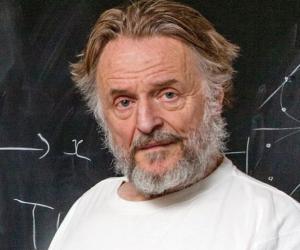
Remembered as versatile mathematician, game wizard and polymath, John Horton Conway had limitless curiosity, which matched with his scientific originality. Although he is best known for devising the cellular automation called Game of Life, he made significant contributions to group theory, number theory, algebra, geometric topology, theoretical physics, combinatorial game theory and geometry. Conway published many outstanding papers in these fields.
English physicist, and mathematician, James Prescott Joule primarily worked on the nature of heat, in course of which he established that all forms of energy are fundamentally same and therefore inter-convertible. His findings resulted in the development of the first law of thermodynamics and negation of calorie theory. The SI derived unit of energy, the joule, is named after him.
Arthur Eddington was an English physicist, astronomer, and mathematician. He wrote numerous articles that explained Albert Einstein's theory of general relativity to the English-speaking world. He began his career in academics and eventually shifted to astronomy, becoming the chief assistant to the Astronomer Royal at the Royal Greenwich Observatory. He was a recipient of the Henry Draper Medal.
One of the most influential and popular scientists of all time, Sir Isaac Newton played a prominent role in our understanding of natural phenomena. He formulated the law of universal gravitation and laws of motion. He also developed the Newtonian telescope among other devices. Apart from science, Newton was also intrigued by religion, occult, and alchemy.
Born into a family of drug merchants, Jacob Bernoulli was forced to study theology by his father but later deviated to math. He taught math and laid down the Bernoulli’s equation and calculus of variations. Apart from him and his brother, Johann Bernoulli, his family later produced more great mathematicians.

Tony Hoare is a British computer scientist who is credited with developing the sorting algorithm quicksort. He is also credited with developing Hoare logic, a formal system for verifying program correctness. Over the years, Tony Hoare has received several prestigious awards for his contribution to computer science.
Swiss chemist Albert Hofmann was the first known person to synthesize the psychedelic effects of lysergic acid diethylamide (LSD). Interested in science from a young age, he studied chemistry at the University of Zürich. As a chemist, he conducted several significant studies and authored more than 100 scientific articles and books. He was a recipient of the prestigious Scheele Award.
Born into a poor family in British India, Har Gobind Khorana studied on scholarships and later bagged a seat at the University of Liverpool and thus moved to England. The renowned biochemist ended up winning the Nobel Prize for his research on how nucleotides in nucleic acids control protein synthesis.
Edward Teller was one of the famous "Martians,” or eminent Hungarian scientists who had migrated to the U.S. A prominent chemical engineer and nuclear physicist, he was part of the team that created the world’s first atomic bomb and also designed the first hydrogen bomb, or thermonuclear bomb.
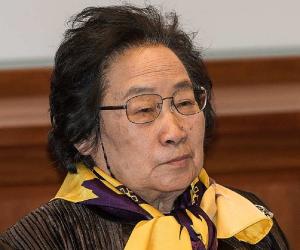
Chinese phytochemist and malariologist Tu Youyou is best remembered for her Nobel Prize-winning discovery of the anti-malarial drug qinghaosu, or artemisinin. She is the first Chinese female Nobel laureate. A tuberculosis infection in her younger days had inspired her to step into medicine. She later studied traditional Chinese medicine, too.
Mathematician and computer scientist Donald Ervin Knuth is best known for his contribution to the development of the rigorous analysis of the computational complexity of algorithms. Also the creator of the TeX computer typesetting system as well as the WEB and CWEB computer programming systems, he has published twenty books, most significant among them being The Art of Computer Programming.
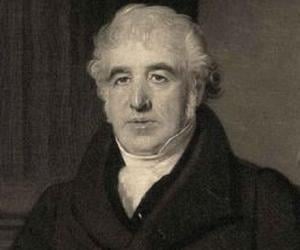
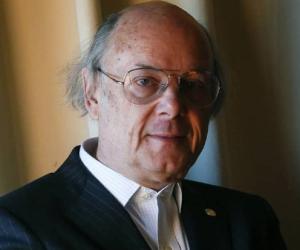
Bjarne Stroustrup is a Danish computer scientist best known for his invention and development of the popular C++ general-purpose programming language. He is currently working as a managing director at Morgan Stanley in New York, apart from serving as a visiting professor at the prestigious Columbia University.
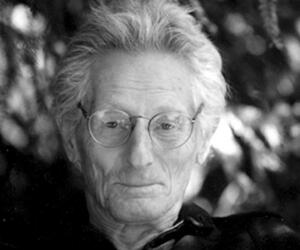
Born to rich Catholic parents, John Lilly spent his childhood treating science as a hobby. While studying medicine, he performed gruelling medical experiments on himself. He later invented isolating floatation tanks, studied bottlenose dolphins, and researched on psychedelic drug-induced near-death experiences. He also explored yoga and human consciousness.
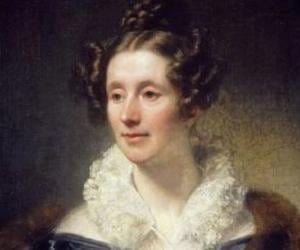
One of the two pioneering female honorary members of the Royal Astronomical Society, Mary Somerville was a 19th-century polymath and science writer. Though she specialized in math and astronomy, she was also well-versed in botany and geology. The Connection of the Physical Sciences remains her most notable work.
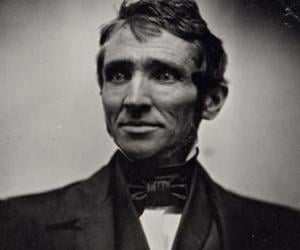
Charles Goodyear was an American manufacturing engineer and self-taught chemist who developed vulcanized rubber. He invented the chemical process to manufacture pliable, moldable, and waterproof rubber which revolutionized the automobile industry. In 1976, Charles Goodyear was inducted posthumously into the National Inventors Hall of Fame.
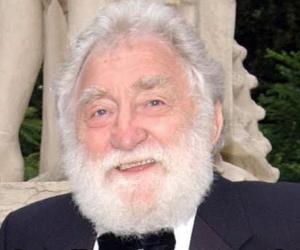
Once regarded as one of the world’s leading experts on botany and the environment, David Bellamy was also a successful TV presenter and was a regular on BBC programs. However, he later claimed that he was shunned by the TV fraternity for his denial of the importance of climate change.
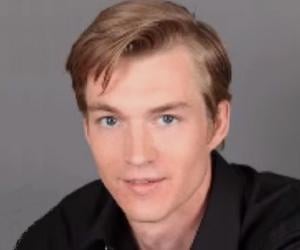
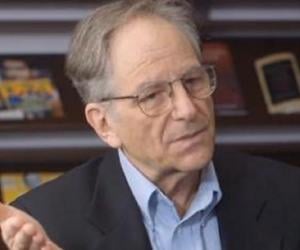
Leonard Adleman is a computer scientist best known as a co-creator of the RSA encryption algorithm. He was honored with the 2002 Turing Award, often called the Nobel prize of Computer science, for this work. He is also a pioneer in the field of DNA computing and one of the original discoverers of the Adleman–Pomerance–Rumely primality test.
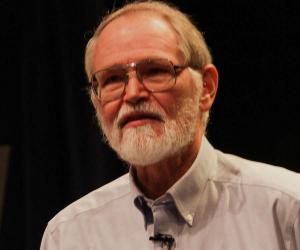
Princeton alumnus Brian Kernighan had a 30-year stint at the Bell Laboratories before returning to his alma mater as a professor. The Canadian computer scientist has played a major role in the development of Unix and has also co-authored the first book on the C programming language.
Charles Hermite was a French mathematician best remembered for his research on number theory, invariant theory, algebra, elliptic functions, orthogonal polynomials, and quadratic forms. Also an inspiring and influential teacher, Hermite taught Jules Henri Poincaré, who went on to become fa amous mathematician in his own right.

American astronomer, naval officer, oceanographer and author Matthew Fontaine Maury, who first served the United States Navy and then the Confederacy States Navy, made significant contributions in oceanography. His book Physical Geography of the Sea is counted among the first comprehensive books on oceanography. Navies and merchant marines across the world adopted his uniform system of recording oceanographic data.
Sydney Brenner was a South African biologist who made important contributions to various areas of molecular biology, including the genetic code. Brenner shared the 2002 Nobel Prize in Physiology or Medicine with Sir John E. Sulston and H. Robert Horvitz. Sydney Brenner is credited with founding the Molecular Sciences Institute, which is situated in the United States of America.

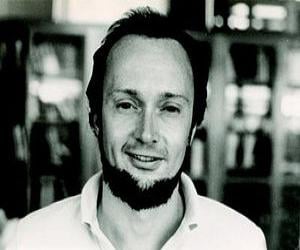
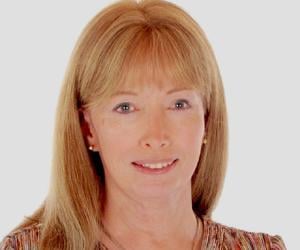

Susan Powter moved from Australia to the U.S. with her parents at 10. While coping with her first divorce, she had gained weight, which eventually motivated her to become a fitness enthusiast. Now a prominent nutritionist, fitness blogger, and talk-show host, she is known for her catchphrase "Stop the Insanity!"
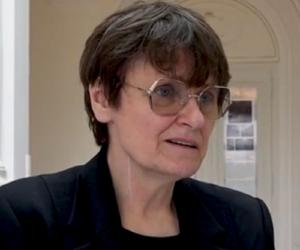
Hungarian biochemist Katalin Karikó is best known for her research on mRNA, which led scientists to develop the first mRNA-based vaccine in the wake of the COVID-19 pandemic. After working at the Biological Research Centre in Szeged, she moved to the US due to lack of funding.
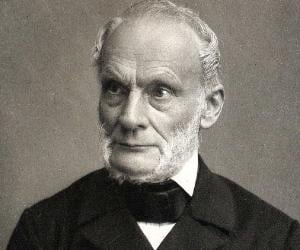
Rudolf Clausius was a German mathematician and physicist. He is credited with formulating the second law of thermodynamics; he is widely regarded as one of the principal founders of the science of thermodynamics. He taught physics at the Artillery and Engineering School in Berlin.

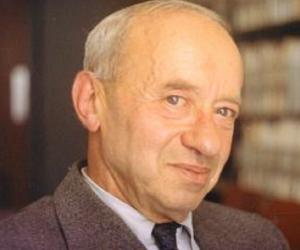
Polish mathematician Alfred Tarski initially taught at Warsaw and later moved to the US, where he joined the University of California, Berkeley. Known for his research on topics such as algebra, logic, and set theory, he has also been the doctoral supervisor of mathematicians such as Julia Robinson and Bjarni Jónsson.
Wilhelm Wien was a German physicist famous for deducing what became known as Wien's displacement law. He is also credited with formulating an expression for the black-body radiation He was awarded the Nobel Prize in Physics in 1911 for his work on heat radiation.
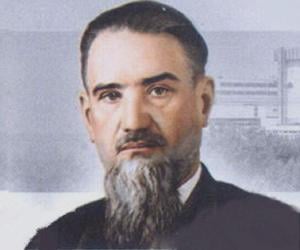
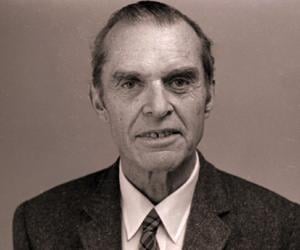
US ornithologist James Bond is remembered as the author of Birds of the West Indies. British author Ian Fleming, himself a bird enthusiast, borrowed his name to create James Bond, the iconic fictional spy. He was mostly associated with the Academy of Natural Sciences of Philadelphia’s Drexel University.
American physician-scientist and immunologist Anthony Fauci serves as director of National Institute of Allergy and Infectious Diseases (NIAID) and Chief Medical Advisor to President Joe Biden. As research scientist and chief of NIAID, Fauci contributed in the areas of HIV/AIDS research and other immunodeficiency diseases and received Presidential Medal of Freedom for his work on the AIDS relief program PEPFAR.
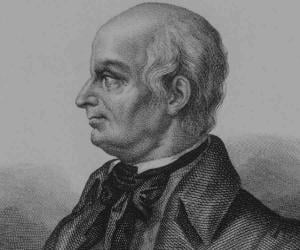
Lazzaro Spallanzani was an Italian physiologist, biologist, and Catholic priest. He is best remembered for making significant contributions to the study of animal reproduction, bodily functions, and animal echolocation. Lazzaro Spallanzani's research on biogenesis was the first step towards debunking the theory of spontaneous generation.
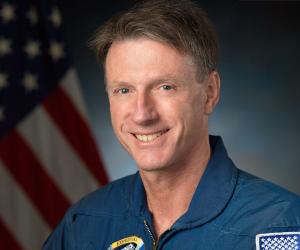
The first British astronaut to perform a space-walk, Michael Foale was also the only NASA astronaut to be on missions aboard both the Mir and the International Space Station. Born to a Royal Air Force pilot father, he was well-traveled. He was the only survivor of a car accident in Yugoslavia.
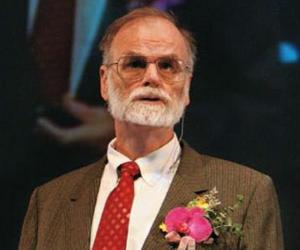
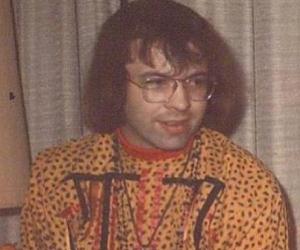
Owsley Stanley was an American clandestine chemist and audio engineer. During the 1960s Stanley played an important role in the Bay Area hippie movement and the counterculture of the decade. As the sound engineer of the Grateful Dead, Stanley developed the band's famous Wall of Sound, one of the largest transportable public address systems ever built.
